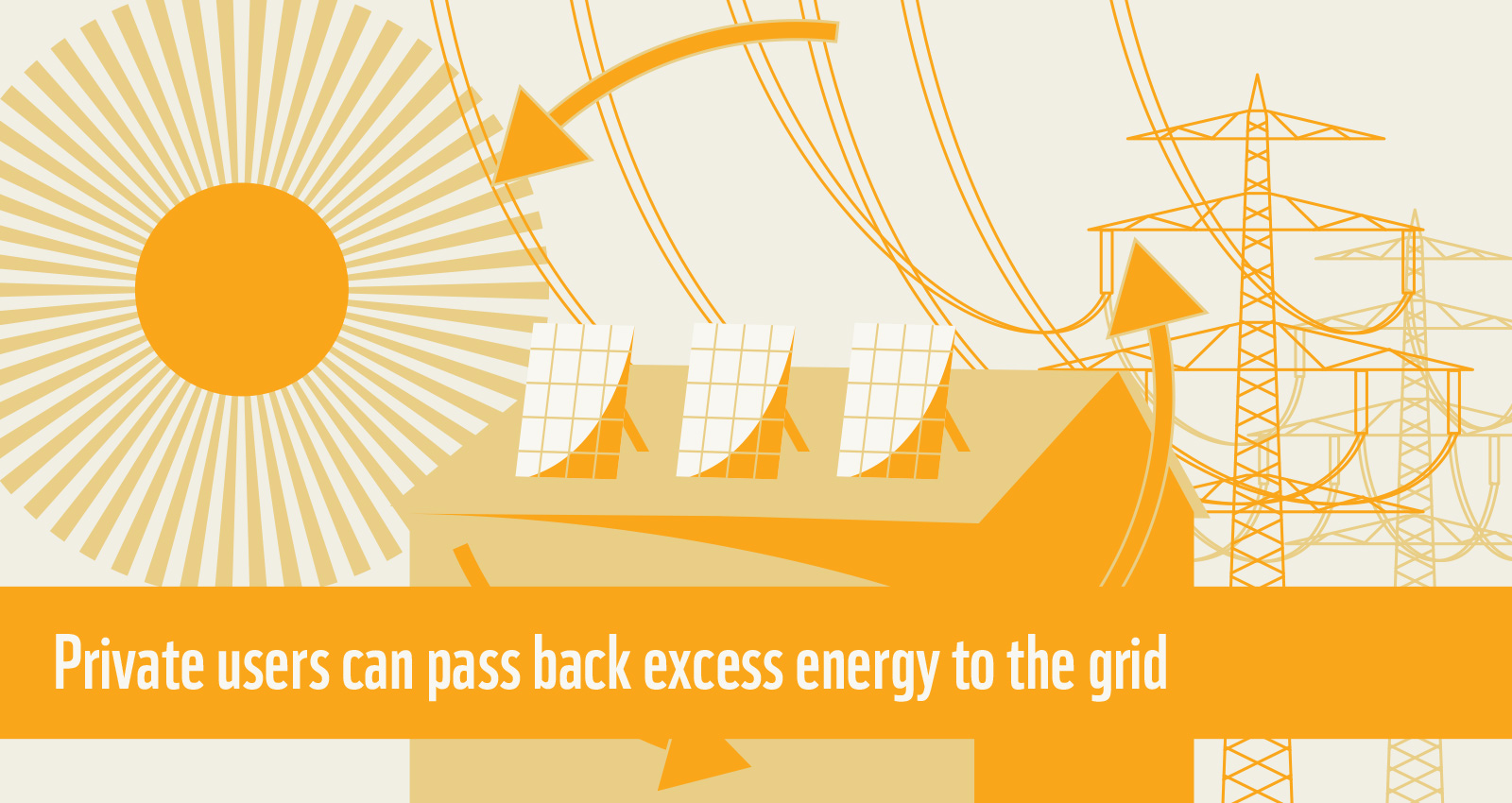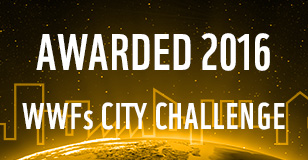The WWF is run at a local level by the following offices...
- WWF Global
- Adria
- Argentina
- Armenia
- AsiaPacific
- Australia
- Austria
- Azerbaijan
- Belgium
- Bhutan
- Bolivia
- Borneo
- Brazil
- Bulgaria
- Cambodia
- Cameroon
- Canada
- Caucasus
- Central African Republic
- Central America
- Chile
- China
- Colombia
- Croatia
- Democratic Republic of the Congo
- Denmark
- Ecuador
- European Policy Office
- Finland
EDMONTON

Public Plans - inclusive and long-range strategic outlook
The Way We Green is its environmental strategic plan, a comprehensive and detailed set of actions with the ultimate goals of carbon neutrality by 2040 in city operations, as well as in the wider community. The plan covers sustainability and resilience, healthy ecosystems, energy and climate change, food, and solid waste. Under energy and climate, the plan calls for a 50% reduction of GHG emissions from city operations by 2020 from the 2008 level, and a 17-20% reduction of community-wide emissions (see also Vancouver). It lays out detailed action strategies to achieving these goals, including: an energy-efficient built environment; transport-oriented development for an accessible, efficient, and compact urban form; a significant increase in renewables, preferably from local sources of energy; and a modal shift to a sustainable transport system.
The City Operations Greenhouse Gas Management Plan details how to reach the 50% reduction of emissions in city operations. The city will begin purchasing power at a premium price from renewable energy sources for the electrical grid, up to 25% by 2020, and will accelerate and improve several existing programs of energy efficiency. The Existing Building Retrofit Initiative will renovate 3% of the city building stock each year to gain a 30% energy-efficiency improvement. The city’s New Building Construction Energy Efficiency Upgrade will improve the energy-efficiency standard for new constructions – to 50% above the national model energy code for buildings (see also Chicago).
Waste Management Center of Excellence
The conversion of street lighting will be accelerated for scheduled completion in 2017. GHG emissions from decommissioned landfills and from the composting program will be reduced through energy efficiency measures. The Sustainable Fleet Management Plan will green the municipal vehicle fleet through measures such as driver education, vehicle right-sizing, increased use of biofuels, hybrid vehicle purchase
An example of Edmonton’s dedication to sustainable development is its waste management Centre of Excellence. The Centre is North America’s largest collection of modern, sustainable waste processing and research facilities, and has helped the city reach a 60% diversion-from-landfill rate in its road towards a zero-waste goal (see also San Francisco). It includes a waste-to-biofuels facility, a composting facility, a materials recovery facility, an e-waste recycling facility. The Centre also recovers landfill gas and construction materials, and manufactures grey paper.

Nature Protection To The Fore
Edmonton has used innovative approaches to protect and manage its urban biodiversity, including incorporating ecological design into new neighborhoods. The city’s ecological network approach to this “biodiversity corridor” aims to protect natural areas as a single, integrated system, and is considered internationally-renowned best practice case in urban biodiversity (see also Berlin). Behind this work is an active local conservation community, whose input is now becoming visible also in Edmonton’s newer green policies.
Edmonton has implemented a composting program, collection of landfill gases, energy efficient retrofits, construction of new city buildings to LEED silver, light rail transit construction, purchase of green power, greening of its vehicle fleet, community outreach, and financial incentives for green objectives. Yet nearly all Edmonton’s energy comes from fossil fuels, and community-wide GHG emissions haven’t declined significantly since the beginning of the 1990´s, while GHG emissions from city operations have risen about 20% since 2001 (despite a decrease in energy use per capita) due to a tremendous population increase.
Already in 2009, Edmonton had formulated The Way Ahead, an urban planning vision for Edmonton 2040 (to which The Way We Green is an environmentally-focussed addition), with input from residents and different stakeholders, aiming to create a change. Strategic plans covering the whole spectrum of sustainable urban development were laid out: finance, environment, growth, livability, transport, and prosperity were covered.

Want to know more about Urban solutions?
Contact Barbara Evaeus
Global Communications Manager,
WWF One Planet City Challenge
+46 70 393 9030
barbara.evaeus@wwf.se
Text by: Martin Jacobson and John Manoochehri
Last edited: 2017-03-15


